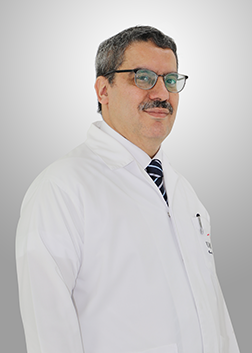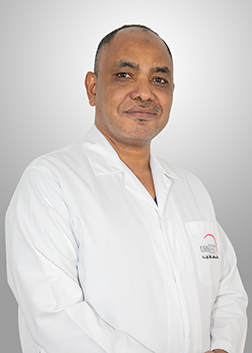UHS has a very well equipped Nephrology Department hosting experienced Doctors in the field. We see patients thronging in, in the incidence of kidney malfunction, hypertension, or any other metabolic disorder. Our specialist doctors read your medical history and offers prescription accordingly. Patients need to provide the doctor with blood and urine samples for a holistic treatment. In some cases a kidney ultrasound or biopsy might be required for accurate treatment. Our Nephrologists specialize in- Acute Dialysis, Chronic Dialysis, Kidney Transplantation, Hypertension and Apheresis.





